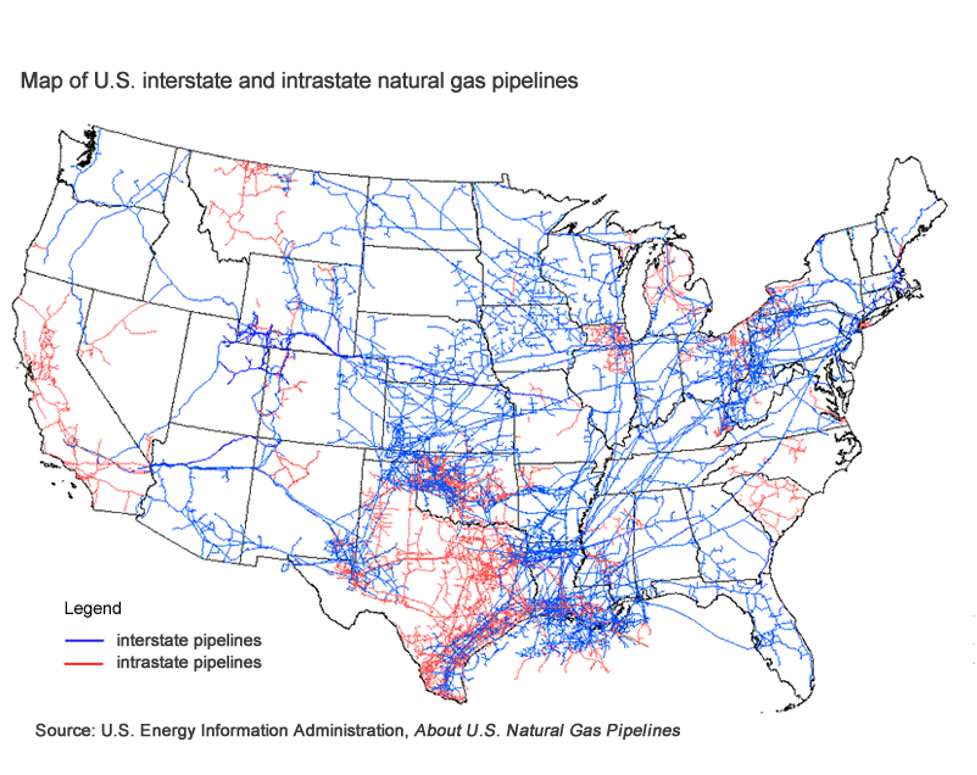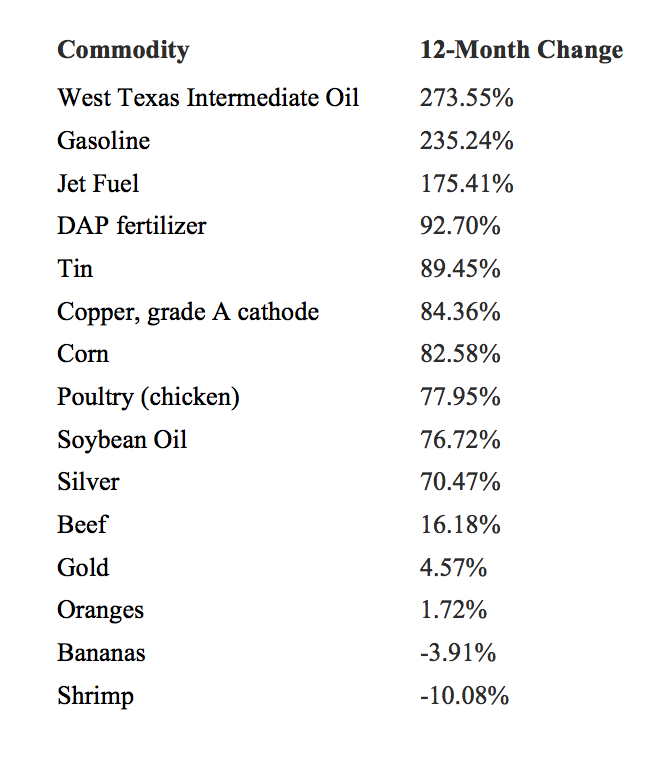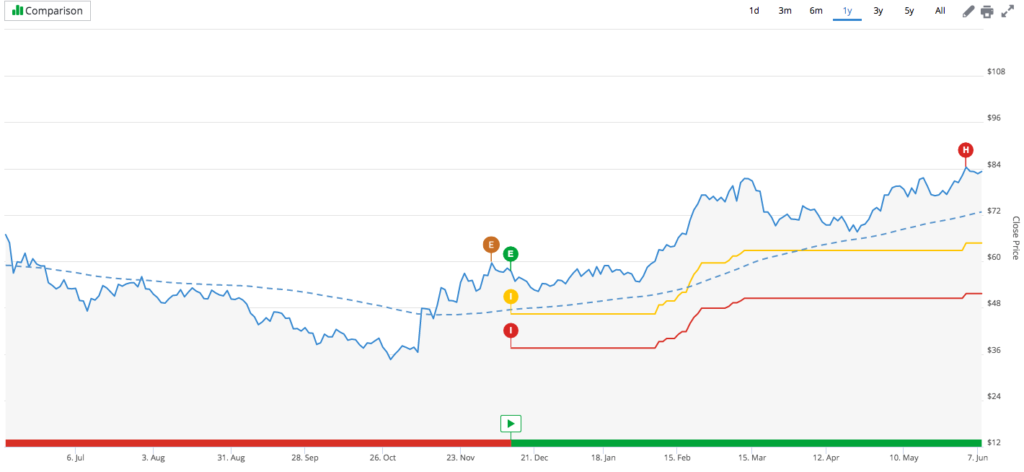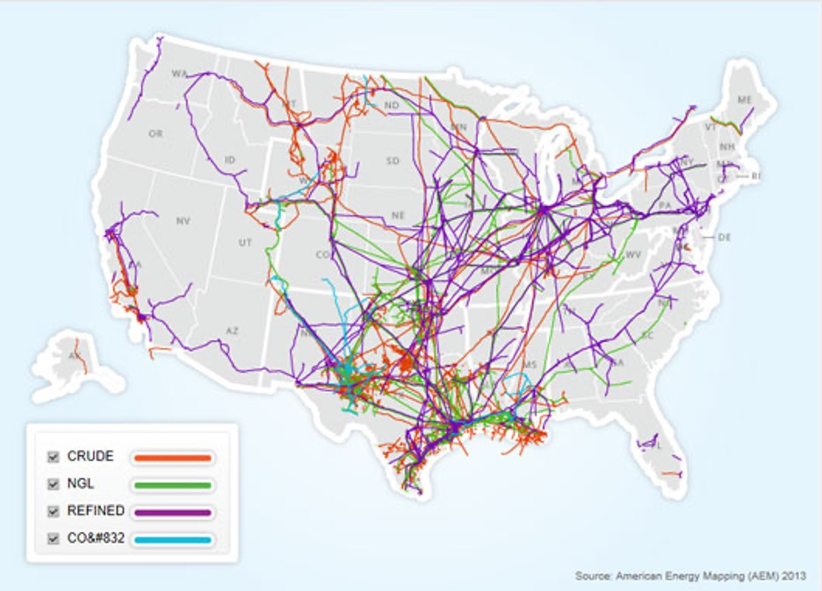If you’re reading this, you’re likely invested in mutual funds, stocks, or other “yield-bearing” assets.
So, you know that you will receive a quarterly (or sometimes) monthly benefit. It’s called a dividend, which is typically cash paid to shareholders on a per-share basis.
Take Exxon Mobil Corp. (XOM). The energy giant’s board of directors authorizes an $0.87-per-share payment on its common stock. Thus, on an annual basis, the firm would pay $3.48 per share (four quarters times the dividend).
When you divide the dividend into the stock price, you reach another key number: the yield. On Friday, Exxon’s closing price was $60.40. So let’s do the math: $3.48 divided by $60.40.
This is a 5.76% yield that investors can generate as cash dividends every single year. Based on a company’s performance, its board can increase or decrease its dividend.
Now, if you’re an Exxon investor, you have two choices for what to do with the cash. First, of course, most new investors will pocket the cash. And why wouldn’t they?
If you own 100 shares, that will generate $348 in dividends per year. You can put that money right to work, or you could throw it in a savings account.
But there’s another option for you to consider. It’s a process known as “dividend reinvestment.” Let’s explain what it is, how it works, and decide if it’s the right strategy for you.
Getting the Most from Your Dividends
Companies generate cash flow by earning profits. If they can exceed earnings expectations, they can put that money to work in several ways.
Some companies like to pay down debt to improve the health of the balance sheet. Others might reinvest that money into research and development or expand their business. Companies with a lot of cash can buy back stock or use it for an acquisition.
One final and popular strategy is to pay their investors a dividend. Most companies will pay these dividends every quarter, for a variety of reasons.
A quarterly dividend schedule coincides with earnings announcements. Also, paying four times a year in installments offers companies a better way to manage cash flow.
Investors have an option on how to receive these dividends. First, they can receive a lump sum of cash that is usually taxable upon receipt. (I say “usually” because investors who hold dividend stocks in a Roth IRA can avoid this tax. I will explain in a future issue of TradeSmith Daily.)
The other dividend option is to receive payment of more shares of company stock. But, again, your cash sum is used to buy stock with the money the company gives you.
Dividend reinvestment is a very popular strategy for longer-term investors. The most important benefit: The power of compounding interest.
How It Works
If you’re using a brokerage, you can automatically enroll in a dividend reinvestment plan or DRIP. The process requires no additional capital. It runs on autopilot, and you are always buying shares based on the time of dividend payout.
This gives you the benefits of dollar-cost averaging that I recently discussed.
But the biggest benefit is the ability to generate significant returns due to the nature of the process.
Compounding is a potent tool.
Consider this.
Imagine you have 1,000 shares of a stock on Day One.
The stock is worth $10.
It pays you 5% per year. And for 10 years, the stock doesn’t even move. (We’re not going to speculate that the stock rose 2% a year or the dividend increased as well. The stock stays at $10 for 10 years).
If you just took the cash, you’d receive $5,000 in dividends over the decade.
Your total investment would now be $15,000.
But with dividend reinvestment, look at what happens.
Each year, you’d take the $500 in dividends over four quarters and reinvest it into 50 shares of stock at $10.
The total portfolio after 10 years would be $16,288.95.
You’d add more than 8.5% more to your portfolio without even doing anything.
Now, keep in mind, this example doesn’t even include annual dividend growth, share price appreciation, or other factors that could increase the success of dividend reinvestment over just taking the cash instead.
When Not to Use Dividend Reinvestment
Now, I’ve told you the financial and transactional benefits of dividend reinvestment.
Let’s talk about why this might not be for you.
First, you might be an income investor close to retirement or living off your portfolio. If so, you might need the cash for expenses. You should always consider your financial situation.
Second, you might want to use your dividends to purchase the stock of another company or invest in another asset. And if that’s the case, go for it. Investors should consider new opportunities, new assets, and new strategies that fit their risk profile. Dividends from existing positions can provide the cash needed to open new positions.
A third reason is simple. You might not be a buy-and-hold investor. If you’re focusing on short-term returns, you might not even want or need these payouts.
Before you take the plunge on a DRIP plan, be sure to call your brokerage or search for “Dividend Reinvestment” on your online platform.
For me, I’m happy to take the money and not run. These plans allow me to boost my returns and take hold of more shares in my favorite income-paying stocks. I’ll be back tomorrow with some fresh insight on the major trends impacting the markets.











